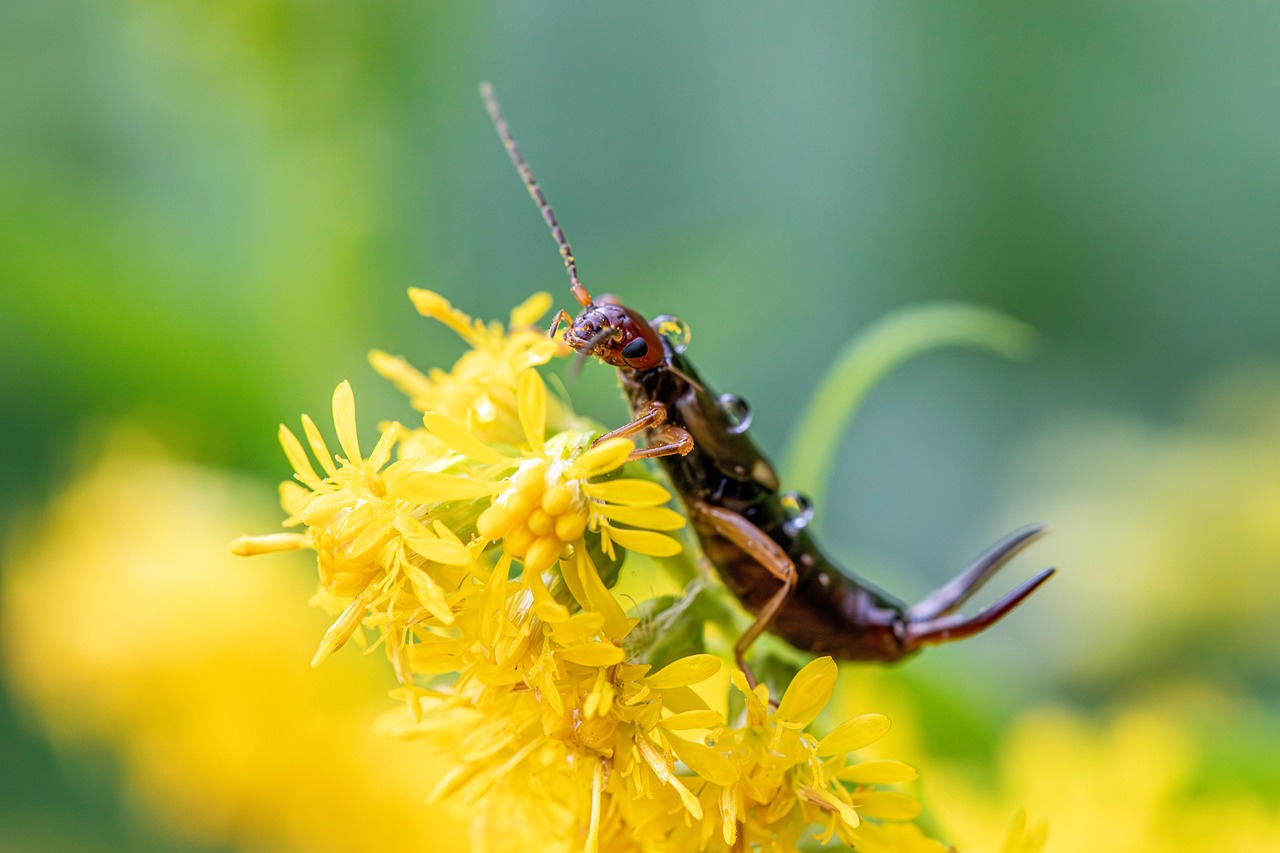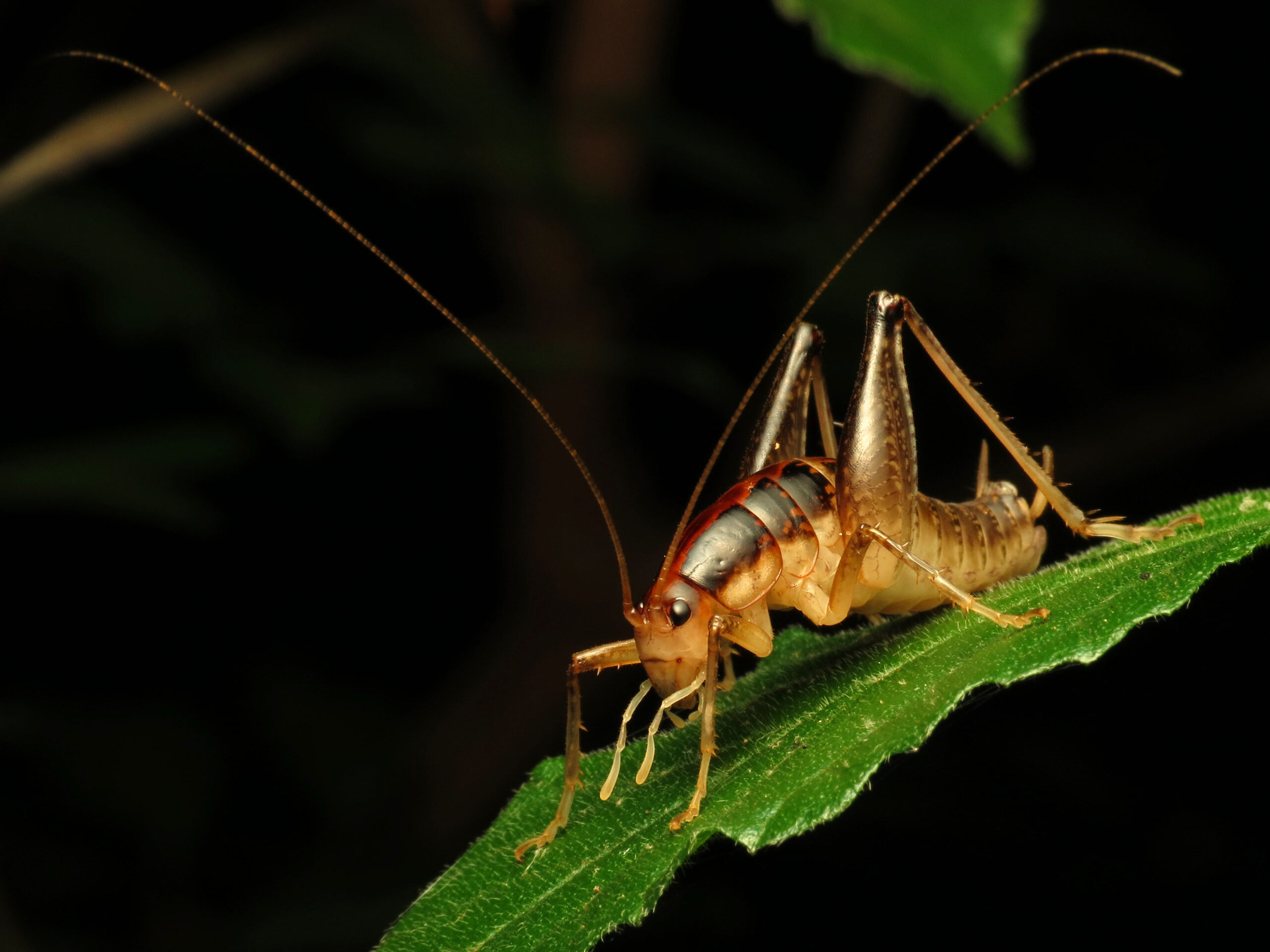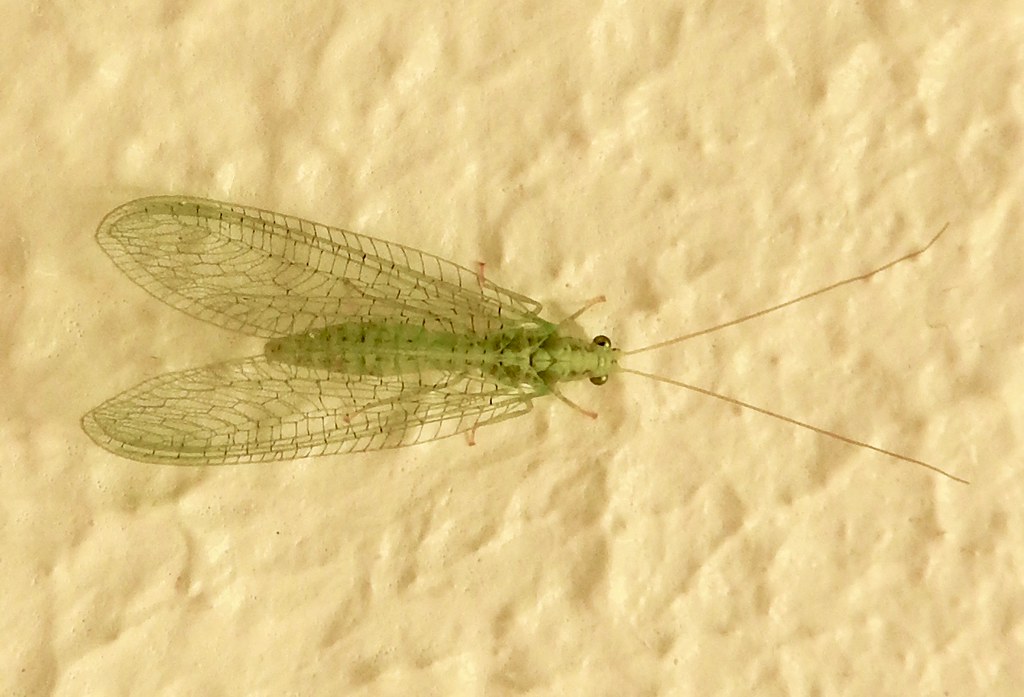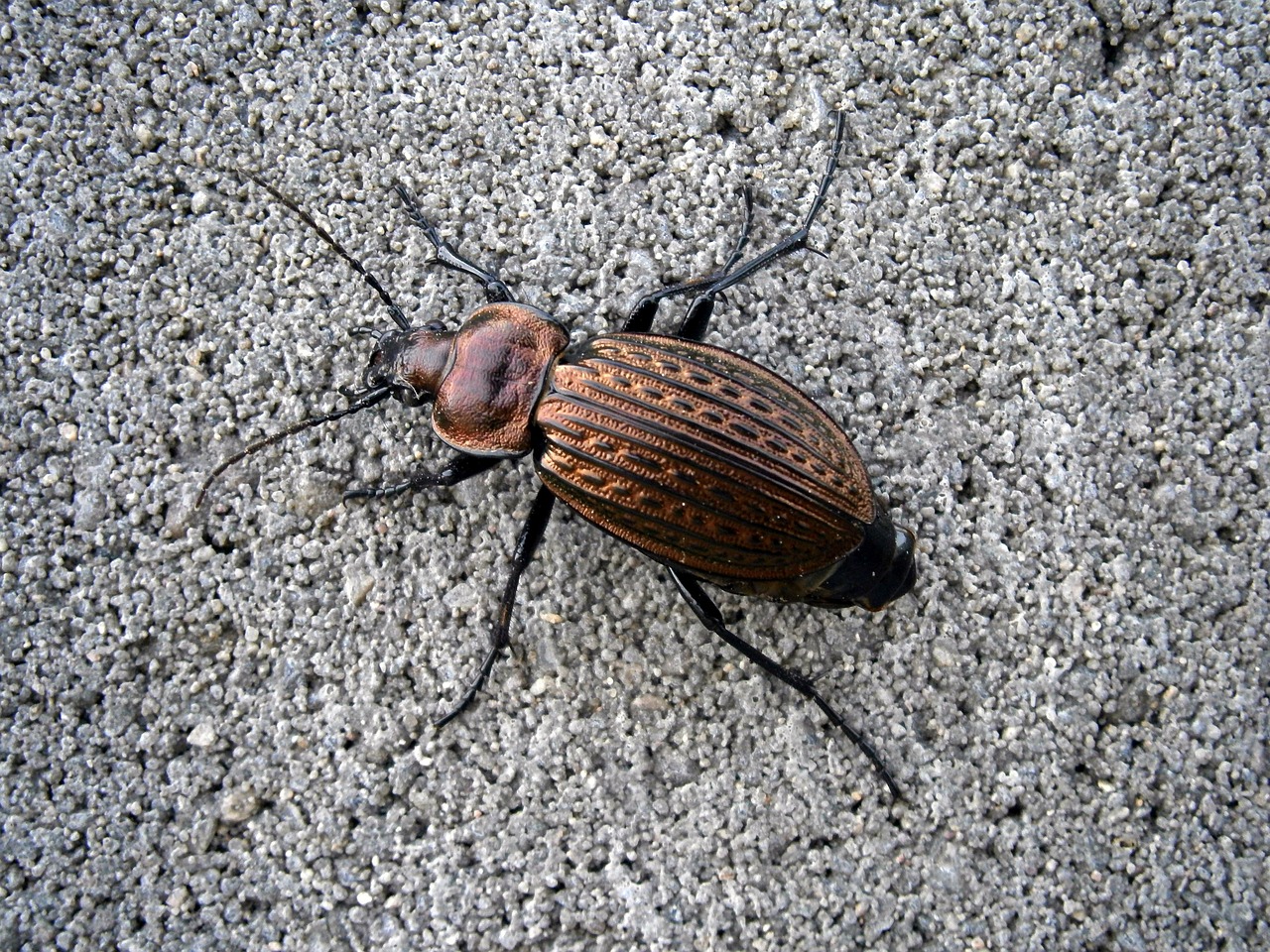Picture this: you’re enjoying a quiet evening at home when suddenly you spot something scurrying across your kitchen floor. Your heart races, your palms get sweaty, and you’re already reaching for the phone to call an exterminator. But what if I told you that most of the time, that little critter is completely harmless? The truth is, our fear of bugs often stems from pure ignorance, and it’s costing us money, peace of mind, and sometimes even beneficial garden helpers.
The Common House Centipede: Your Secret Pest Control Ally

With its lightning-fast movements and what looks like a hundred legs, the house centipede might be the most misunderstood creature in your home. These elongated arthropods actually have 15 pairs of legs, not a hundred, and they’re working overtime to keep your house free from the bugs you really don’t want around.
House centipedes are voracious predators that feast on cockroaches, silverfish, spiders, and other household pests. They’re like having a tiny, efficient pest control team working the night shift in your basement or bathroom. While they might startle you with their quick movements, they’re completely harmless to humans and pets.
Earwigs: The Pincer-Wielding Misunderstood Garden Helper

Those intimidating-looking pincers at the back of an earwig might make you think twice about getting close, but these insects are far more beneficial than threatening. Despite the old wives’ tale about crawling into ears, earwigs have zero interest in your auditory canals.
These nocturnal creatures are actually excellent pest controllers in your garden, munching on aphids, mites, and other plant-damaging insects. They also help decompose organic matter, making them valuable members of your garden’s ecosystem. The pincers, called cerci, are mainly used for defense and catching prey, not for attacking humans.
Silverfish: Ancient Survivors That Mean No Harm

These prehistoric-looking insects have been around for over 400 million years, making them some of the oldest creatures on Earth. Silverfish get their name from their silvery appearance and fish-like movements, but they’re completely terrestrial and pose no threat to you or your family.
While they might nibble on paper, clothing, or food crumbs, silverfish are more of a nuisance than a genuine problem. They prefer dark, humid areas and are actually a sign that you might have a moisture issue in your home. Rather than panicking, consider them nature’s humidity detectors.
Daddy Longlegs: The Gentle Giant of the Spider World
Here’s a shocking fact that might surprise you: daddy longlegs aren’t actually spiders at all! These delicate-looking creatures belong to a group called harvestmen, and they’re about as harmless as insects get. The myth that they’re the most venomous spiders but can’t bite humans is completely false on multiple levels.
Daddy longlegs are omnivores that eat both plant matter and small insects, making them beneficial for gardens. They can’t produce silk like true spiders, and their small mouthparts are designed for eating tiny food particles, not biting. When threatened, they’ll often curl up or shed a leg to escape, which is far from aggressive behavior.
Camel Crickets: The Humpbacked Jumpers That Just Want to Hide

Also known as cave crickets, these humpbacked hoppers might look like something from a science fiction movie, but they’re completely harmless creatures that just want to find a quiet, dark place to live. Unlike their musical cousins, camel crickets don’t chirp, making them surprisingly quiet roommates.
These crickets are actually beneficial because they eat dead insects, fabric pests, and organic debris. They’re particularly fond of basements, crawl spaces, and garages where they help clean up dead bugs and other organic matter. While they might startle you with their impressive jumping ability, they’re just trying to escape what they perceive as a threat.
Stink Bugs: Smelly but Surprisingly Harmless

The brown marmorated stink bug might release an unpleasant odor when threatened, but this defensive mechanism is their only real weapon against predators. These shield-shaped insects are more interested in your garden plants than causing any harm to humans or pets.
While they can be agricultural pests, stink bugs pose no direct threat to people. The smell they produce is merely a deterrent, similar to how skunks use their spray. In many cultures, stink bugs are actually considered good luck symbols, representing protection and perseverance.
Pill Bugs: The Tiny Armored Recyclers
These small, gray creatures that roll into perfect balls when disturbed aren’t actually bugs at all—they’re crustaceans, more closely related to shrimp and lobsters than insects. Pill bugs, also called roly-polies, are nature’s recycling crew, breaking down dead plant material and returning nutrients to the soil.
They need moisture to survive and are completely harmless to humans, pets, and most plants. Their ability to roll into a ball is a defense mechanism called conglobation, and it’s actually quite remarkable from an engineering perspective. Finding them in your garden is usually a sign of healthy soil conditions.
Crane Flies: The Gentle Giants That Look Like Massive Mosquitoes

With their long, spindly legs and mosquito-like appearance, crane flies often cause unnecessary panic. These delicate insects are often called “mosquito hawks” or “skeeter eaters,” but they don’t actually eat mosquitoes. In fact, most adult crane flies don’t eat much of anything during their short adult lives.
Despite their intimidating size—some species can have wingspans of over two inches—crane flies are completely harmless to humans. They can’t bite, sting, or transmit diseases. Their larvae actually help aerate soil and decompose organic matter, making them beneficial for gardens and ecosystems.
Lacewings: The Delicate Predators With Voracious Appetites

These ethereal insects with their intricate, lace-like wings might look too delicate to be effective predators, but appearances can be deceiving. Lacewing larvae are absolute powerhouses when it comes to controlling garden pests, earning them the nickname “aphid lions.”
A single lacewing larva can consume over 200 aphids per week, making them invaluable allies in organic gardening. Adult lacewings are equally beneficial, feeding on nectar and pollen while helping with pollination. Their golden eyes and gentle nature make them a joy to observe in the garden.
Ground Beetles: The Nighttime Guardians of Your Garden

These dark, shiny beetles might look menacing as they scurry across your garden path, but they’re actually working the night shift to protect your plants. Ground beetles are voracious predators that hunt down slugs, snails, caterpillars, and other garden pests under the cover of darkness.
With over 40,000 species worldwide, ground beetles are incredibly diverse and widespread. They’re so efficient at pest control that many gardeners actively try to attract them by providing shelter and avoiding pesticides. Their powerful jaws and quick reflexes make them formidable hunters, but they have no interest in bothering humans.
Assassin Bugs: The Beneficial Predators With a Scary Name

Don’t let the name fool you—assassin bugs are actually beneficial insects that help control garden pests. These predatory bugs use their needle-like mouthparts to inject digestive enzymes into their prey, then suck out the liquefied contents. While this might sound gruesome, they’re performing a valuable service by controlling harmful insects.
Most assassin bugs are completely harmless to humans and will only bite if handled roughly or threatened. They’re particularly effective against caterpillars, aphids, and other soft-bodied insects that can damage plants. Their hunting prowess makes them valuable allies in integrated pest management programs.
Jumping Spiders: The Curious Miniature Acrobats

With their large, forward-facing eyes and incredible jumping ability, jumping spiders are among the most charismatic arachnids you’ll encounter. These tiny hunters can leap up to 50 times their body length, making them remarkable athletes in the spider world.
Unlike web-building spiders, jumping spiders actively hunt their prey using their excellent vision and athletic abilities. They’re completely harmless to humans and are actually quite curious, often turning to look at you when you approach. Their hunting helps control flies, mosquitoes, and other flying insects that are genuinely bothersome to humans.
Conclusion: Embracing Our Six-Legged Neighbors

The next time you encounter one of these misunderstood creatures, take a moment to appreciate their role in the natural world before reaching for the bug spray. Most of these insects are either completely harmless or actively beneficial to our gardens and homes. By learning to identify them correctly, we can make informed decisions about which bugs deserve our respect and which ones might actually need our attention.
Understanding these common bugs not only saves us from unnecessary panic but also helps us become better stewards of our environment. After all, a world without bugs would be a world without pollination, decomposition, and natural pest control. The next time you spot one of these creatures, will you see a pest or a potential ally?
